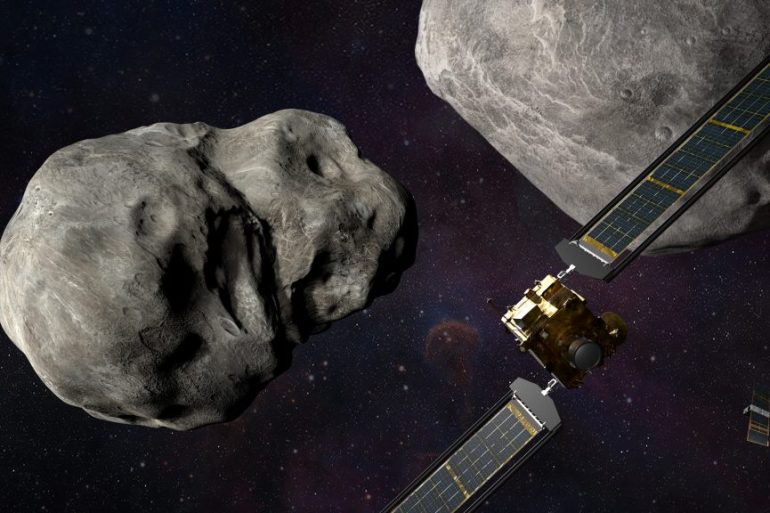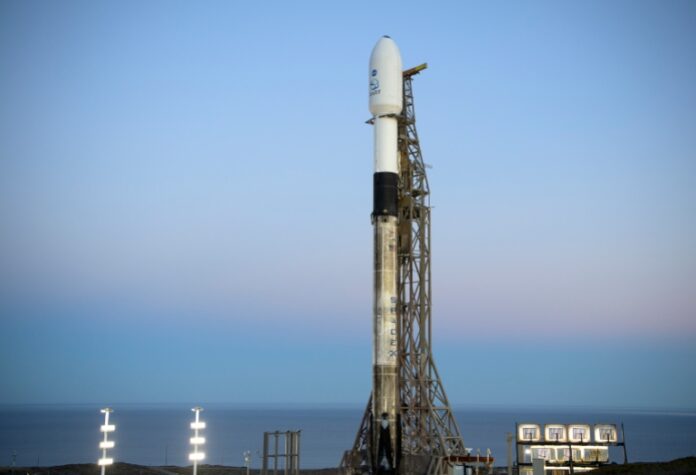In an attempt to push the Dimorphos’moonlet’ off course, DART probe, the size of a car, will collide into it at more than 24,000 kilometers per hour.
NASA launched a mission to deliberately smash a spacecraft into an asteroid – a test-run should humanity ever need to stop a giant space rock from wiping out life on Earth.
It may sound like science fiction, but the DART – Double Asteroid Redirection Test – is a real proof-of-concept experiment. It blasted off at 10:21pm on Tuesday (06:21 GMT Wednesday) on board a SpaceX rocket from Vandenberg Space Force Base in California.
- NASA announces rare health-related SpaceX launch delay
- SpaceX starship SN11 rocket fails to land safely after test launch in Texas: SpaceX
The idea is to slightly change Dimorphos’ trajectory, a “moonlet” about 160 meters (525 feet) wide that circles a much larger asteroid called Didymos, which has a diameter of 762 meters (2,500 feet). They have the same orbit around the Sun.
The binary asteroid system will collide in the third quarter of 2022, when it will be 11 million kilometers (6.8 million miles) from Earth, the closest they will ever get. “What we’re trying to learn is how to deflect a threat,” NASA’s top scientist Thomas Zuburchen said of the $330m project, the first of its kind.

(credit: aljazeera)
To be clear, the asteroids in question pose no threat to the planet. But they belong to a class of bodies known as Near-Earth Objects (NEOs), which approach within 48 million kilometres (30 million miles).
NASA’s Planetary Defense Coordination Office is most interested in those larger than 140 metres (460 feet) in size, which have the potential to level entire cities or regions with many times the energy of the average nuclear bomb. There are 10,000 known near-Earth asteroids that size or greater, but none has a significant chance of hitting in the next 100 years. One big caveat: scientists think there are still 15,000 more such objects waiting to be discovered.
Planetary scientist Essam Heggy said while the NASA mission sounds like science fiction, the threat to the planet is real if the fate of the dinosaurs 80 million years ago is recalled. “The chances of getting hit again by an asteroid is far from science fiction,” he told Al Jazeera. “Asteroids 100 metres and greater are a threat to the Earth, and we need to quantify our deflection capability to these threats.”


